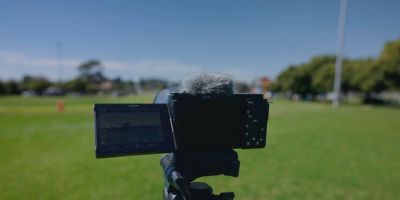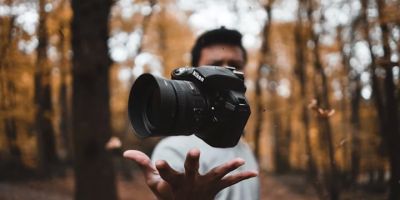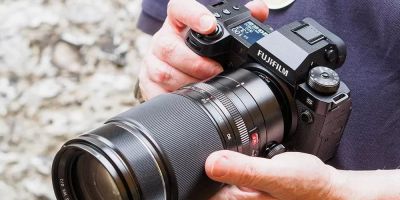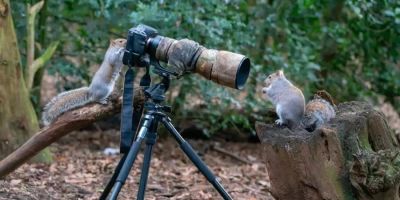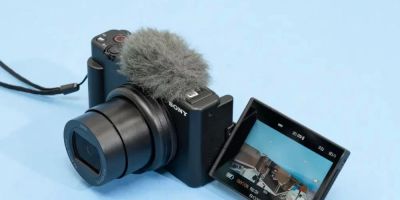- 1-Understanding-ethical-wildlife-photography
- 2-Essential-principles-for-ethical-wildlife-photography
- 3-Practical-tips-for-photographing-wildlife-ethically
- 4-Real-life-stories-illustrating-ethical-wildlife-photography
- 5-Choosing-the-right-equipment-for-ethical-wildlife-photography
1. Understanding Ethical Wildlife Photography
Wildlife photography offers an incredible opportunity to connect with nature and capture the beauty of animals in their natural habitats. However, knowing how to photograph wildlife ethically is crucial to protect these creatures and their environments. Ethical wildlife photography means respecting animal welfare and habitat integrity while pursuing your creative vision. It’s about balancing your passion with responsibility to ensure your actions do not harm wildlife or disrupt their natural behavior.
Many photographers may unknowingly cause stress or danger to animals by approaching too closely or interfering with their routines. Ethical practices help avoid such harm and promote long-term conservation efforts, making your work meaningful beyond just beautiful images.
1.1 The Importance of Respect and Awareness
Respecting wildlife means observing without disturbing. It involves patience, learning animal behavior, and maintaining a safe distance. Ethical photographers prioritize the well-being of animals over getting the perfect shot. Awareness of local laws and guidelines related to wildlife protection also plays a vital role in practicing ethical photography.
2. Essential Principles for Ethical Wildlife Photography
When learning how to photograph wildlife ethically, certain core principles should guide every shoot. These principles are the foundation of responsible photography that benefits both the artist and the subjects.
2.1 Do Not Disturb or Harass Animals
Maintaining a respectful distance is paramount. Avoid actions that startle or stress animals, such as loud noises, sudden movements, or blocking their path. For example, in bird photography, use a telephoto lens rather than approaching the nest directly, which could cause abandonment or aggression.
2.2 Avoid Altering the Natural Environment
Do not manipulate landscapes or animal behavior for a better photo. Moving plants, feeding wildlife, or using calls and lures can disrupt ecosystems. Instead, observe and capture animals as they naturally behave.
2.3 Follow Local Regulations and Ethical Codes
Many wildlife areas have specific rules about photography and animal interaction. Respect these guidelines to protect habitats and support conservation efforts. Ethical photographers often join organizations promoting best practices, helping stay informed and accountable.
3. Practical Tips for Photographing Wildlife Ethically
Applying ethical principles requires actionable strategies. Here are detailed tips to help you practice responsible wildlife photography effectively:
3.1 Use Appropriate Equipment
Invest in long lenses that allow shooting from a distance, minimizing disturbance. Tripods and camouflage gear help remain inconspicuous, increasing chances of natural behavior shots.
3.2 Plan Your Visits Thoughtfully
Research the species and habitats beforehand. Visit during appropriate seasons and times to avoid nesting or breeding periods when animals are most vulnerable. Patience and timing often yield better, stress-free photographs.
3.3 Be Patient and Observant
Instead of rushing for dramatic shots, spend time quietly observing. This respect often reveals unique behaviors and moments that make your photos stand out while ensuring animals feel safe.
4. Real-Life Stories Illustrating Ethical Wildlife Photography
Stories from wildlife photographers emphasize the importance of ethical behavior. For example, renowned photographer Emma Watson once shared how she avoided photographing a mother bear with cubs because her presence caused visible stress, choosing instead to capture safe scenes later. Her story highlights that ethical choices sometimes mean missing a perfect shot but preserving animal welfare.
Another example involves a group of bird photographers who collaborated with conservationists to develop bird-friendly shooting zones that limit human access during critical periods, successfully protecting species while enabling beautiful imagery. Such initiatives inspire photographers to prioritize responsibility over convenience.
5. Choosing the Right Equipment for Ethical Wildlife Photography
Selecting suitable gear enhances ethical practices and image quality. Telephoto lenses ranging from 300mm to 600mm allow photographers to maintain distance while capturing sharp details. Lightweight tripods and remote triggers reduce physical presence near animals. Additionally, soundless cameras or silent shooting modes help avoid disturbances.
For those interested in upgrading their equipment or exploring options tailored for wildlife photography, Photo Studio offers expert advice and access to a wide range of products and services designed to meet these ethical and technical needs.
In essence, learning how to photograph wildlife ethically enriches your connection to nature and contributes positively to conservation. By combining respect, patience, knowledge, and the right tools, you can create stunning images that tell authentic stories without compromising the well-being of wildlife.

